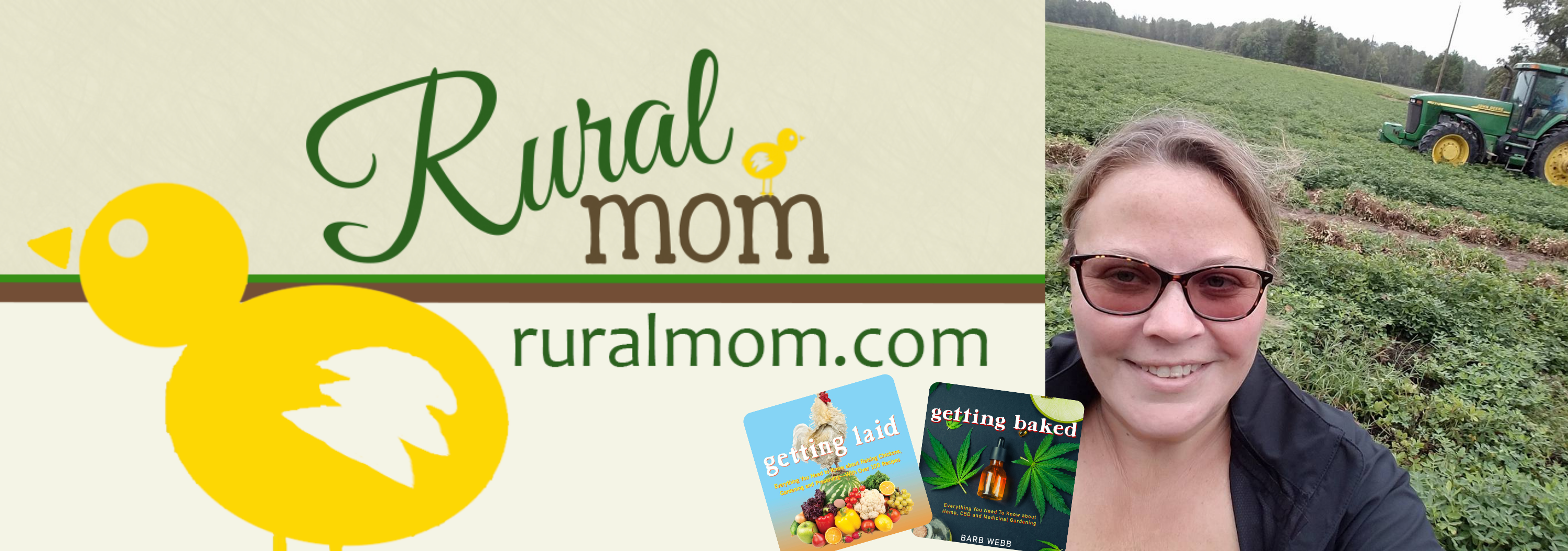What is so special about bantam chickens? After all, they are small birds, and a large one usually is far smaller than other chickens. The eggs are smaller as well.
Their traits set them apart from other chickens, and make them a breed many people prefer, especially if they live in wilderness areas.
Bantams are often known as Banties or bantys. These terms are usually used by affection by those who have them. There are so many good reasons for owner’s to be enamored with banties.
Bantams are fierce.
A banty hen will furiously protect her chicks, often fluffing herself up to look many times larger than she is, and will actually attack animals that come too close to her babies even if they are far larger than she.
The hen will give up her life if need be, to protect her offspring, but she can be cunning and quick, and can often convince animals far larger than her to leave the babies alone, without dying in the process.
Like many chickens, the bantam roosters are equipped with long and sharp spurs on the legs. They can be even more protective of the chicks and hens than the hens are, and are usually adept at using those spurs. They will often fly at another threatening animal, flipping entirely upside down to bring those spurs to bear. It takes little time for the other animal to decide that it is in their best interest to back off, and leave.
I’ve witnessed many a confrontation. One day, a ruckus arose in the farmyard. Glancing out the window I spotted a feral dog approaching the chicken house.
Dottie, our top hen of the yard, saw them, too. She came out of the chicken house in a rush and meaning to do battle. Our bantam rooster apparently heard the hen’s shriek and came racing up from the end of the chicken house. His spurs landed and the dog ended up yelping in pain and running for other places before I could even move to run out the back door.
Bantams are nurturing
Bantams tend to love roosting high, out of the range of predators, and they are protective, however Bantams also are natural mommas. The before mentioned Dotty was a great egg layer, encouraged by a plastic egg in her nest. However, sometimes she would sit on the plastic egg, since the others had been removed, and would be determined to hatch it out.
When we would go get chicks or ducklings and place them under Dottie, the hen would immediately think she’d hatched them. She’d cackle like nobody’s business, and would then parade “her” babies around all the other animals.
The first time two ducklings were put under her, it was rather comical. She brought them out of the chicken house and the first thing they did was to head right toward the submerged wading pool that was used as a wading pond. Dottie raced around and around the pool in a panic and clucking loudly when her babies got into the water.
Within two weeks, she was used to her strange “swimming chicks”, and would actually herd them out and rest beside the duck pond while they swam around. Banties do learn quickly! (Another great quality!)
Not many other breeds of chicken are such natural mothers, and very few are so protective. Some breeds of bantams do have a tendency to go broody, though, more readily than others. Once you have a broody chicken, you can either put some fertilized eggs under the broody and hopefully hatch some chicks, or you can try and encourage the broody chicken out of her broodiness.
Bantam chickens are just smaller versions of larger chickens
In general to keep bantam chickens, they have the same needs as larger chickens, but often need less food. All chickens need access to clean water and food daily. Bantams can be fed on the same food as larger chickens but will eat smaller quantities. Also always read the dosage of any medicines you provide such as Roostys dewormer, as they may need a slightly lower dose to be effective.
As bantam chickens are smaller, all my bantams are in enclosed pens so that predators such as cats, foxes, or large birds of prey cannot get to them. Larger chickens may not need to be protected as much from birds of prey, but bantams will generally need some form of netting over the top of their run. Netting will also help to enclose the chickens into a manageable space and they will be easier to catch if they are in an enclosed space.
Do note, though: because Bantam chickens are smaller, they are very quick at running and so can be quite difficult to catch. If you have any type of chickens, you more time you spend with them, the more used they will get to you. This is useful when dealing with bantams as otherwise it could take you forever to catch them if you need to move them for any reason. I speak this from experience! It’s sometimes taken me ages to catch some of my smallest chickens.
Bantams are great backyard chickens
Bantams need nest boxes just like larger chickens in order for them to lay eggs. They will also need housing to keep them warm and sheltered from wind and rain. As bantams are smaller they are suitable to be kept in backyards as they don’t need as much space as larger chickens.
The eggs from some bantams are much smaller than normal size chicken eggs, although some bantams’ eggs can be quite big and are almost the same size as some larger chickens’ eggs.
Bantam chickens are also a good chicken to start with as they are small and as there are so many breeds to choose from, you are bound to find a breed that fascinates you!
Discover more from Rural Mom
Subscribe to get the latest posts sent to your email.




